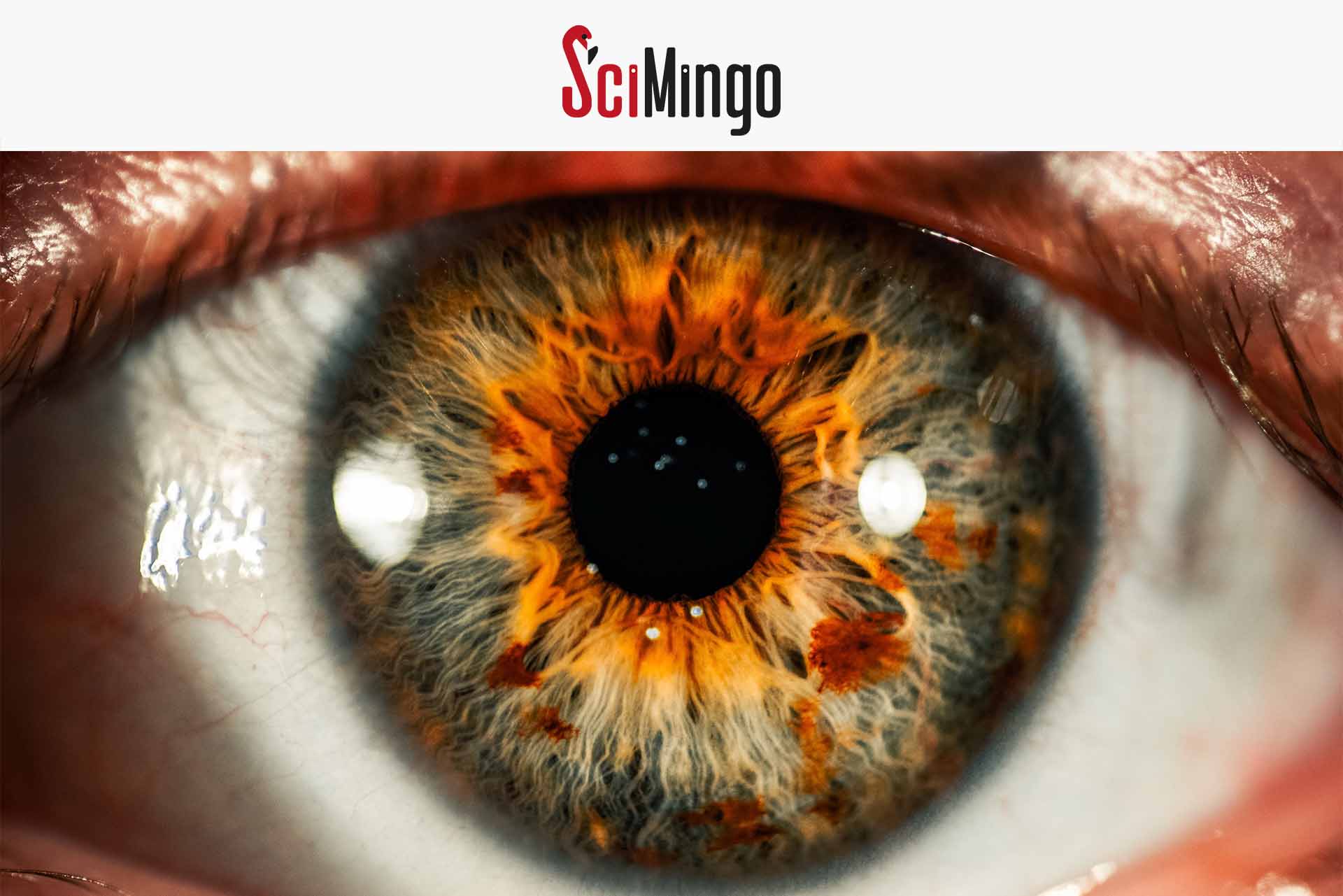What is Stargardt disease?
More than 2 million people worldwide suffer from inherited retinal degeneration disorders. Passed from parent to child through mutated, faulty genes, these eye diseases lead to loss of vision or even total blindness. Stargardt disease is one such disease that affects the central region of the eye’s retina. Though not very well known, it is in fact the most common inherited macular disorder.
With the genetic mutations responsible for the disorder uncovered, gene therapy has become a potential solution to the problem.
The underlying cause of Stargardt usually involves a mutation in the ABCA4 gene, which in turn codes for the ABCA4 protein. Located in the retinal cells, this protein is essential for the ‘retinoid cycle’ – a recycling process for the compounds used to activate light receptors and trigger vision. When the ABCA4 protein is not fully active due to mutations in the gene, toxic elements start to accumulate inside the retina, eventually killing the light-sensitive cells.
Stargardt patients often start experiencing symptoms already during early childhood, when the death of retinal cells leads to blurriness and light sensitivity, with the condition usually resulting in complete blindness in the central field of vision.
Easy to discover, hard to cure
There is currently no treatment for Stargardt disease, but with the genetic mutations responsible for the disorder uncovered, gene therapy has become a potential solution to the problem.
More than 2 million people worldwide suffer from inherited retinal degeneration disorders.
Gene therapy, as it names indicates, is a treatment approach where the underlying genetic problem is corrected using DNA or RNA. In Stargardt patients, for example, the condition is caused by mutations in the ABCA4 gene, meaning we may be able to prevent or treat the disease by replacing the faulty gene with a healthy ABCA4 instead. How can we do this? Oddly, the answer might involve the help of viruses.
Viruses usually cause infectious diseases by delivering their own genetic material into cells. But viruses can be modified to remove their ability to cause disease and instead become vectors for delivering therapeutic genes into human cells. Adeno associated viral vectors (AAVs) have become the gold standard for retinal gene therapies, as their ability to reach retinal cells makes them effective at delivering healthy genetic material to the target tissue.
Unfortunately for Stargardt patients, the ABCA4 gene is particularly big – it has a very large coding sequence, which means it doesn’t fit within the AAV space. To overcome this hurdle, the scientific community has had to get creative, designing novel gene therapy strategies for large-gene diseases like Stargardt.
The StarT of new approaches
The StarT consortium (funded by the EU Horizon 2020 programme) is on a mission to expand our understanding of Stargardt disease. Multiple international research groups are attempting to elucidate the molecular basis of the disease, including gene regulation and the different mutations for ABCA4, with other labs developing new research models and therapeutic approaches, including ones tackling the large-gene issue that prevents traditional AAVs from being used.
Read this article to learn about the Belgian startup Azalea Vision developing smart contact lenses!
In my project, we generated a new animal model for Stargardt disease to be able to test these promising treatment avenues before they move into clinical trials with patients. We decided to use pigs, as their eyes are very similar to our own. With genome editing we were able to stop ABCA4 from being expressed in their retinal cells, essentially inducing the same condition as experienced by Stargardt patients.
There have been several novel therapeutic approaches proposed by the StarT consortium, including techniques using CRISPR Cas9 or antisense oligonucleotides (AONs). My group’s approach, which we’re currently testing with our pig model, relies on dual-AAV vectors. Using these dual-AAVs, we can split the large gene and divide it in two different AAVs, and then have the reconstitution of the full and functional protein. If this approach works in our pig model and the disease is corrected, we will be one step closer to our final goal of treating patients.
The constant development of new technologies brings new opportunities, not only for treatment purposes but also for detecting rare mutations and understanding disease mechanisms. Academic projects like the StarT consortium are vital for learning how we can use novel therapeutic approaches to drive progress for patients.


